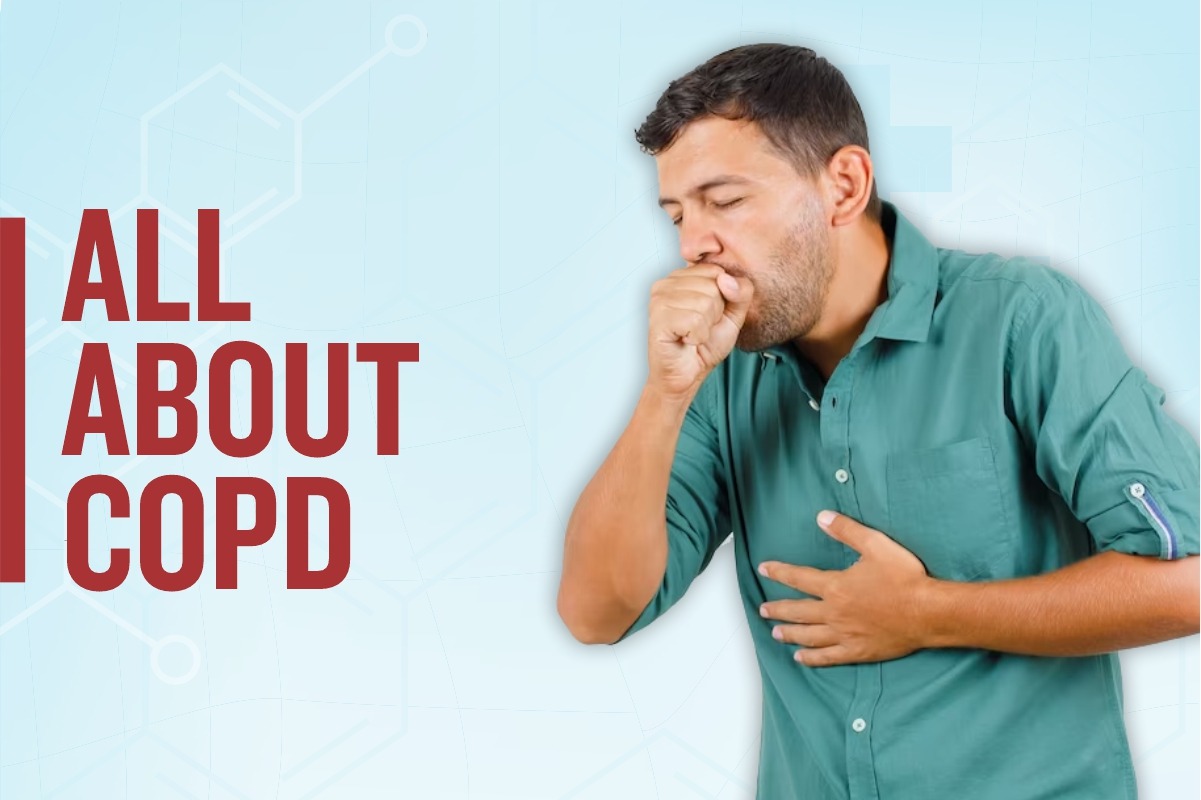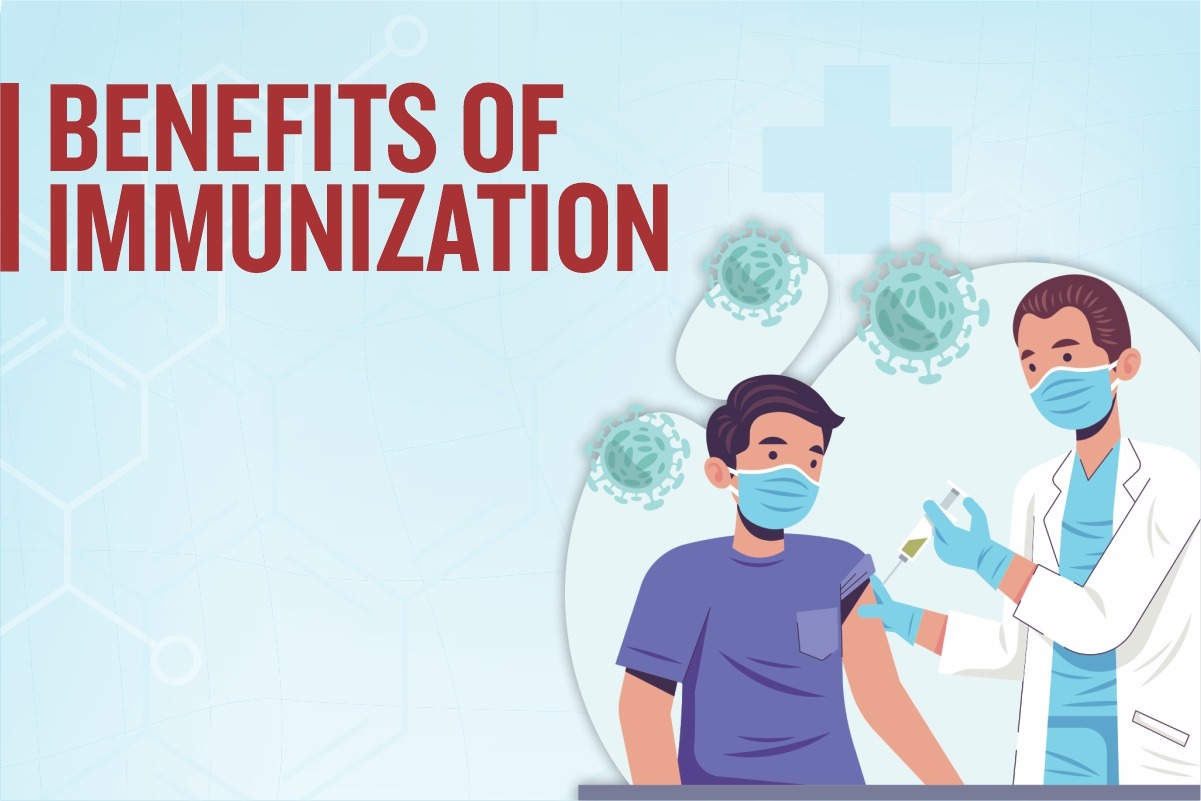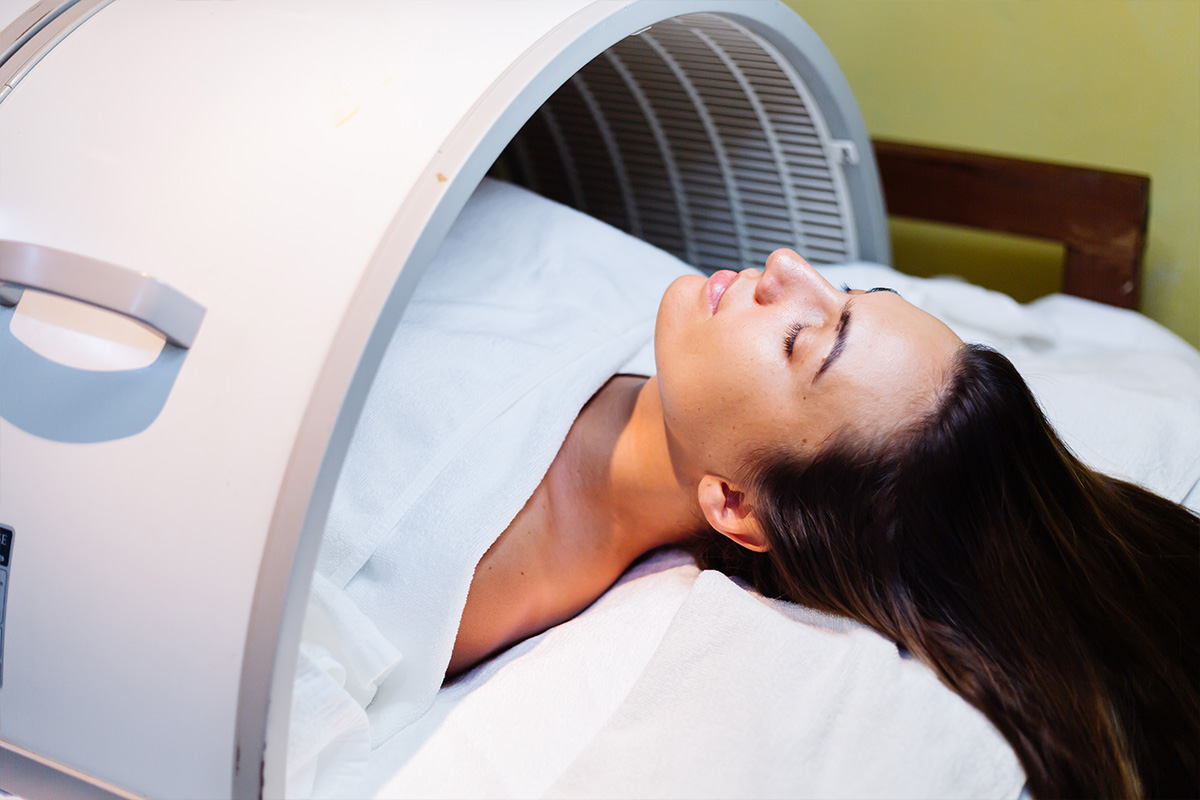
What All to Know About Peripheral Vascular Disease?
By Dr. Sanjiv Kumar Gupta in Cardiology
Feb 20, 2023
Peripheral Vascular Disease, popularly known as PVD, is a common blood circulation disorder. PVD causes the blood vessels outside of the brain and heart to narrow, undergo spasms, or get blocked. The narrowing and blockage of these blood vessels limit the blood supply to different organs and limbs, leading to pain in the limbs and organ damage as the disease progresses to advanced stages.
People with PVD mostly experience pain or fatigue in their lower limbs when they exercise or with daily physical activity. However, PVD can affect other organs like the kidneys, stomach, intestines, arms, etc.
Types of PVD
Peripheral Vascular Disease is of two types, namely Functional PVD and Organic PVD.
- Functional PVD: In this type of PVD, although the blood flow decreases, there is no physical damage to the blood vessels. Rather the decreased blood flow occurs due to the narrowing of the blood vessels in response to other factors like brain signals and temperature changes.
- Organic PVD: In this type of PVD, the blood vessels are damaged and can exhibit inflammation, plaques, and tissue damage.
Causes of PVD
PVD is mostly caused due to atherosclerosis. Atherosclerosis is the buildup of plaque inside the artery wall. Plaque is fatty cholesterol-containing deposits that get deposited in the blood vessels like the artery. This reduces the blood flow to the limbs.
Other common causes also include:
- Blood Clots
- Smoking
- High Blood Pressure
- Coronary Artery Disease
- Diabetes
- High Cholesterol
- Infection
- Injury to the Arms or Legs
- Irregular Anatomy of Muscles or Ligaments
- Radiation Exposure
Obesity and increasing Age can also be contributing factors in developing COPD.
Functional PVD is caused by stress, cold temperatures, operating vibrating machinery or tools, drugs, etc.
Symptoms of PVD
The most common symptom of PVD is pain and tiredness in the lower limbs, which worsens with physical activity. Other symptoms include:,
- Buttock Pain
- ImpotenceLeg cramps even when lying in bed without any physical activity
- Numbness or Heaviness in muscles
- Reddish blue or pale arms, toes, and legs
- Reduced hair growth in the legs
- Restricted mobility
- Severe burning in toes
- Thick and opaque toenails
- Thin, brittle, shiny or pale skin on legs and feet.
- Weak pulses
- Wounds or Ulcers that won’t heal
Diagnosis
The earlier the condition is diagnosed, the better chances of treatment. Therefore, those who experience any of the mentioned symptoms of PVD persistently must consult with their physician.
To diagnose the condition, the doctor will perform a physical exam to measure the pulse and listen to the blood flowing in the vessels. If the doctor suspects PVD, he may order the following tests to confirm the diagnosis:
- Angiography
- Ankle-Brachial Index (ABI)
- Blood tests
- Computerised Tomography Angiography (CTA)
- Doppler ultrasound
- Magnetic Resonance Angiography (MRA)
- Photoplethysmography (PPG)
- Pulse Volume Recording (PVR) waveform analysis
- Reactive Hyperemia test
- Treadmill exercise test
Treatment
Peripheral Vascular disease is usually treated with a combination of lifestyle modifications, medications, and in some cases, surgical intervention.
- Lifestyle Modifications: This includes making significant changes in one’s lifestyle to prevent further progression of the disease. Quitting smoking is a major lifestyle change that will help in the treatment of PVD. Smoking worsens PVD, and patients are highly advised against it. Other changes include weight management, eating healthily, and regularly exercising.
- Medications: The medications will focus on lowering blood pressure, controlling diabetes, lowering cholesterol levels, preventing blood clots and relieving pain in the limbs.
- Surgical Interventions: Surgery may be needed in certain cases when the disease has progressed to its advanced stages. If the artery blockage is severe, then angioplasty or vascular surgery will be performed to remove the blockage..
- Vascular surgery: involves using a bypass graft surgery from another body part or a tube made of synthetic material. This is then placed in the blocked or narrowed artery area to reroute the blood flow.
Angioplasty, on the other hand, involves inserting a long hollow tube called the catheter to create a larger opening in the concerned artery to increase blood flow. Depending on the individual patient’s condition, the doctor may perform different types of angioplasty, including balloon angioplasty, laser angioplasty, Stent placement, or Atherectomy.
Prevention
Since PVD is majorly caused by blockages in the artery, it can be prevented by making proper lifestyle changes. These changes include weight management, eating a well-balanced diet, quitting smoking, and avoiding second-hand smoke. Regular exercise and being physically fit are major factors in preventing PVD from developing. This will also help in managing diabetes, blood pressure, and cholesterol which are the major factors causing PVD.
Conclusion
PVD is a common disease that can be prevented by making healthy lifestyle choices. If you suspect you have PVD symptoms or you have been diagnosed with PVD and your symptoms worsen, consult with your physician immediately. Early diagnosis of PVD can help in efficient treatment.







